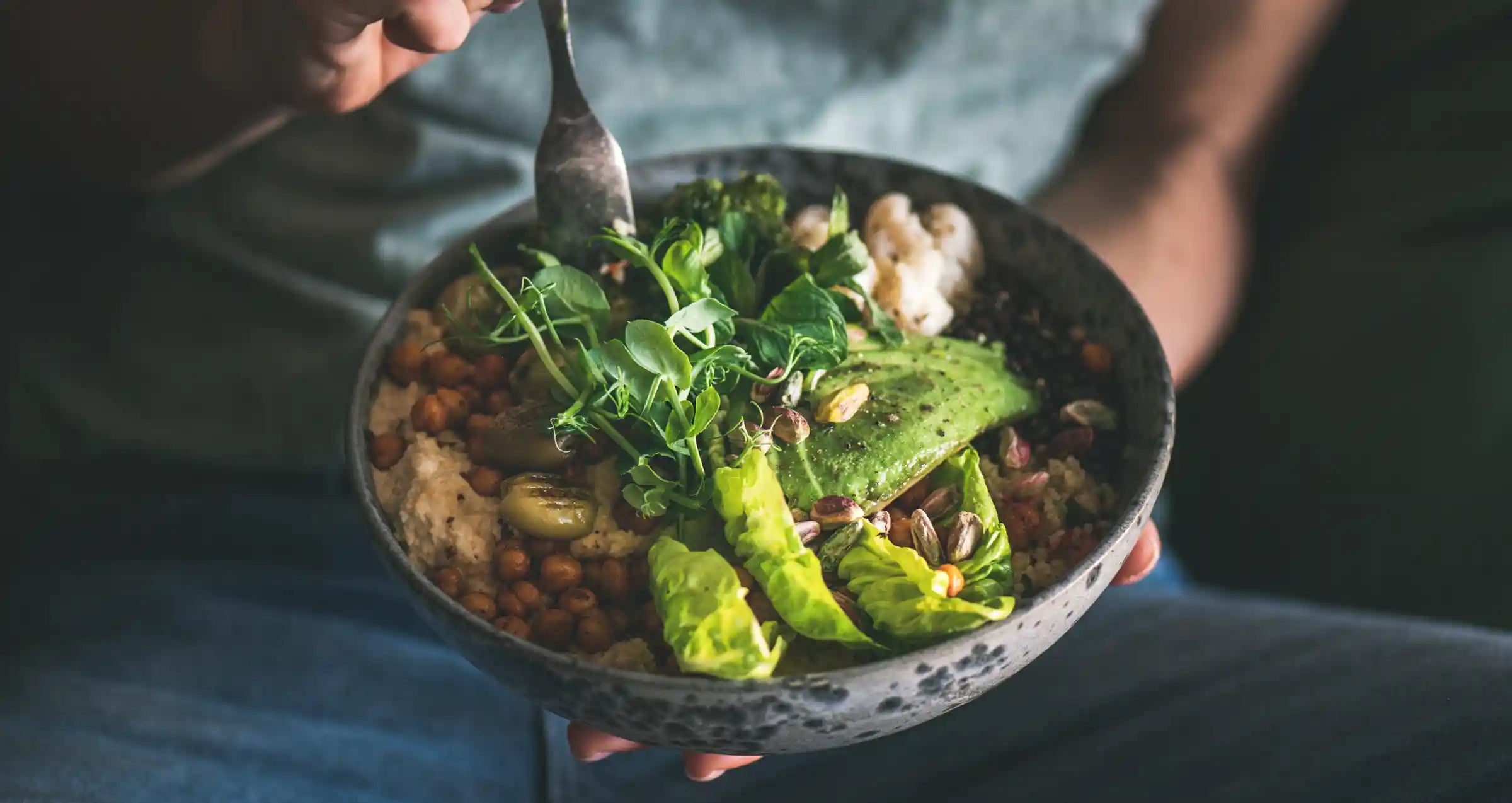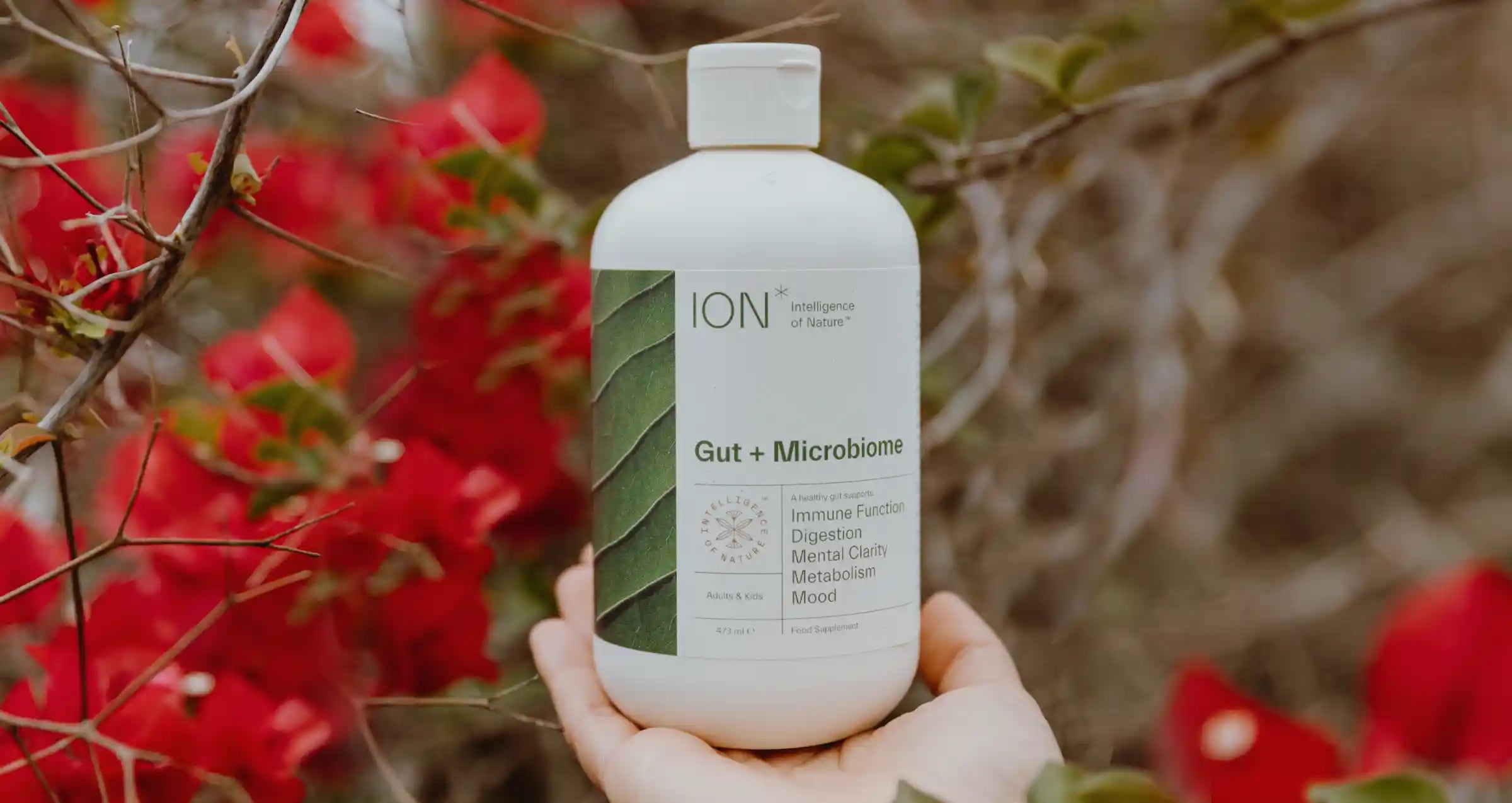When it comes to our health and wellness, we all know making changes for the better is a good idea, but we don’t always know where to start.
If you’re ready to improve your health but aren’t sure where to begin, our guide to improving your health and well-being is a great way to get your new wellness routine in motion!
Thankfully, there are plenty of proven, effective, simple things you can do that can make a whole world of difference. Below are some of our best tried-and-true tips to help you on a path towards a healthier tomorrow, whether you’re taking your first steps or you’ve been on your own wellness journey for some time.
1. Connect with Nature (you knew this was going to be first)
Many health seekers become overly focused on following the perfect diet, exercise routine, and supplement regime, but are missing out on the free healing resource right under their feet. Remove your shoes and socks, put your feet directly on the grass, and stomp up and down on the soil, stone, or concrete.
Bring the impact of the earth into your body through this vibration. When you do this, you change your microbiome, shift your mood, improve your lymphatics, and support your parasympathetic state while becoming present in the moment.
2. Get active
Being active is more than exercise, it’s an invitation to move your body. It’s less about weight loss, muscle building, or the perfect waistline and more about feeling connected to yourself and the world around you.
Every body, no matter the shape, size, or health history, can move, even if it’s just a little more than yesterday.
Exercise is one of the hands-down best ways to nurture your physical and mental health.
Founder Zach Bush MD came up with an efficient anaerobic workout that can be done multiple times per day. The more frequently you do it, the better your results. The Four Minute Workout can be completed multiple times per day no matter where you are, who you’re with, or what you’re wearing. In just four minutes you exercise the 16 largest muscle groups in your body. It is free, easy, effective, and the best way to start toning your body systems.
You don’t have to hit the gym to set your body in motion. Your muscles don’t care if it’s a free weight or a heavy grocery bag, doing any physical activity that increases your heart rate can help get your exercise minutes in.
3. Stay hydrated
Being properly hydrated is right behind “breathing” as the top priority for staying alive and in good health. Even so, sometimes hydration is overlooked as the critical component of health and wellness that it is. (So if you forgot, here’s your gentle reminder!)
Hydration is not just simply about drinking enough water, it's about getting water inside your cells.
With age, your body tends to lose its ability to get water from the bloodstream into the extracellular environment, to the inside of your cells. In a dehydrated state, toxins accumulate.
Water is the most under-recognized antioxidant system. The best ways to hydrate include eating your water through high-fiber fruits, watermelon, cucumber, and celery. Do short anaerobic exercises daily. Drink unfiltered water from a local spring whenever possible. Add a pinch of gray or pink sea salt to your filtered water. Balance EMF exposure with direct connection to nature through your skin. These rituals will bring you into a more hydrated state.
4. Eat to live!
Food is a sensuous experience. Let it light you up with energy. One of the best things you can do is not “diet” in the sense of the word that normally conjures restrictive eating, but instead, be mindful of your everyday diet and food choices and savor not only the taste but also the community sitting at the table with you.
Think about your diet as a holistic part of your healthier life and lifestyle. Don’t deprive your body; nourish it with nutritious, whole foods. More on that below.
5. Eat regenerative local produce
Regenerative agriculture is a set of practices born from indigenous wisdom that revitalize the natural systems we depend on for food, including air, water, and soil. Farmers are shifting the way they steward land from conventional, pesticide-managed land to create a balanced system that produces nutrient-rich foods.
Here are a few ways you can access regeneratively grown food: Learn to grow your own! (There is nothing like a tomato fresh from the vine.) You can learn how to grow your own food through a non-profit we know, love and support, also founded by Zach Bush MD, called Farmer’s Footprint. The Garden Club is a 3-week, easy-to-follow, fun, effective, and informative regenerative gardening course meant for anyone who has the desire to start growing.
You can also search for a local regenerative farm in your local area here.
Knowing and supporting your local regenerative farmers supports the collective movement toward a healthier food system while nourishing you and your family with the most nutrient-rich foods possible.
6. Be mindful of processed foods
From pasteurization of milk to the chemical flip of naturally occurring fructose to high-fructose corn syrup, from artificial sugars to purified sugar alcohols that are sold as prebiotics, from carrageenan to soy isolates and monosodium glutamate, it is hard to find any packaged food that does not harbor a chemically-altered compound that our physiology has never had to handle.
Alternatively, foods that limit inflammation are easy to find and taste wonderful! Green leafy vegetables such as spinach, kale, and cabbage contain high levels of antioxidants, vitamins, and minerals.
Berries are also great sources of antioxidants and vitamins. The pigments in berries, called flavonoids, have been shown to improve memory and concentration. And flavonoids are not unique to berries; any brightly coloured fruit or vegetable contains high levels. A good memory cue is to ‘eat the rainbow’ – keep your foods colourful. Eating healthy doesn’t mean you have to give up all sweets. Dark chocolate is a great source of antioxidants and flavonoids.
If and when you consume fish or meat, do your research on how the animals are raised and if they are living in a regenerative ecosystem. You absorb the chemicals and processed foods the animals take in so go the extra step to ask questions about the producers and brands you support.
7. Avoid harmful fats
Not all fats are created equal. Man-made fats, for example, should be avoided. They’re harmful and have a strong link to inflammation and heart disease.
Thankfully, trans fats–one of the worst offenders of unhealthy artificial fats–have been completely banned in the United States and other countries, so avoiding them is easier than ever. (See “trans fats” on a label? Don’t worry yet.
Some foods have naturally occurring trans fats that are not the same as artificial, harmful trans fats.)
When it comes to other fats, unsaturated fats are preferable over saturated fats and are found in fish, avocado, nuts, and olive oil.
8. Prioritize rest
Lack of sleep is no trivial matter. Sleep plays a vital role in the regenerative processes of every tissue in the human body. Failure to get enough sleep can elevate the chemicals in your body which promote inflammation. Increased inflammation prevents tissue healing and fosters chronic disease states. In fact, many scientific studies have linked sleep deprivation to an increased risk of developing many chronic and potentially life-threatening diseases such as high blood pressure, heart disease, stroke, obesity, diabetes, and depression.
Sleep is as important to your body as water or oxygen. Without it, your body and mind cannot function at their full potential. Invest time in improving your sleep. It’s easy, inexpensive, and has enormous health benefits. Getting an appropriate amount of sleep protects against a wide spectrum of diseases and has the potential to prolong your life.
9. Feed your gut bacteria
A better diet isn’t just better for you, it’s better for the countless bacteria living in your gut! Collectively referred to as the gut microbiota, these bacteria are critical to keeping our bodies in working order. So while gut microbiota may be tiny, their effect on our health is massive–a disruption in gut bacteria has been linked to a myriad of health issues, including digestive issues, obesity, and chronic diseases, to name a few.
For better gut health overall, make sure you’re eating plenty of probiotic foods, like sauerkraut and yogurt. Also ensure you’re getting plenty of fiber, which is not a probiotic, but a prebiotic, and a great food source for your gut bacteria.
10. Level up your health and wellness with ION* Gut + Microbiome
If you’re looking for an easy, daily ritual that can help improve your well-being, look no further. With ION* Gut + Microbiome, you can support your body's health–from head to toe.
ION* Gut + Microbiome
This unique, soil-derived, liquid supplement goes beyond probiotics to support your gut health by fostering tight cellular junction integrity in your intestinal walls. This helps your digestive tract function, diversifies your microbiome, enhances mental clarity, and defends against exposure to foodborne and environmental toxins. Peer-reviewed articles show ION* Gut + Microbiome promotes a stronger gut barrier in response to toxins like glyphosate and gluten that can weaken gut health.
Try the ION* Gut + Microbiome today.




